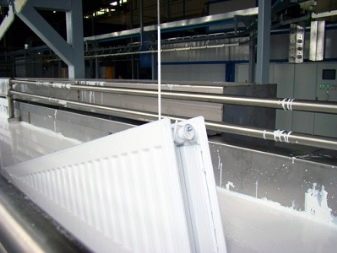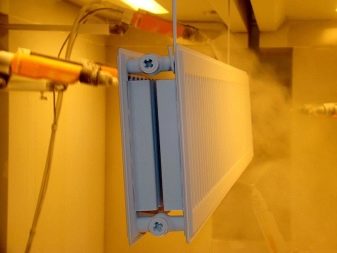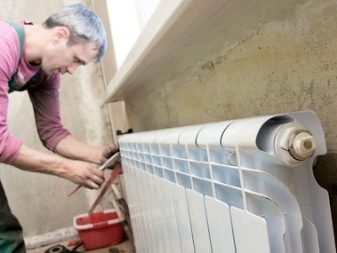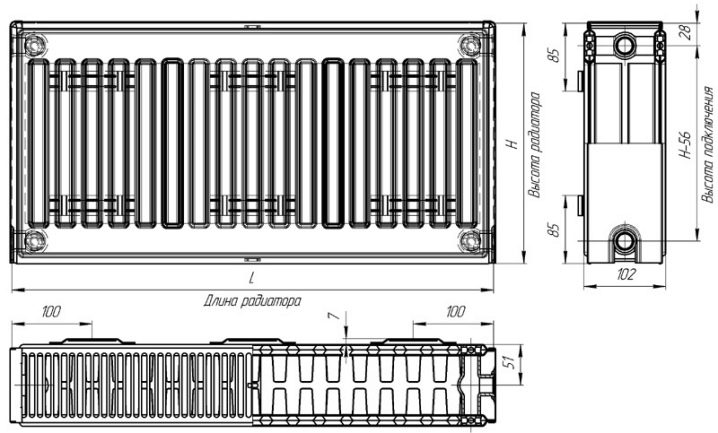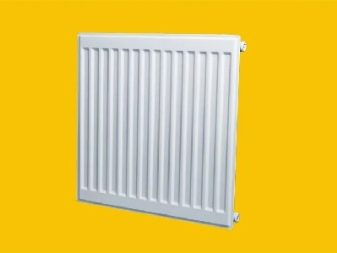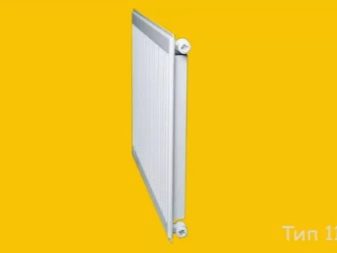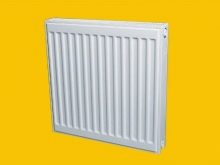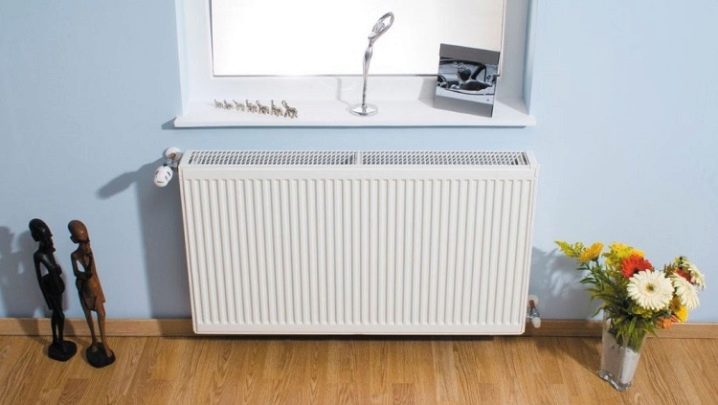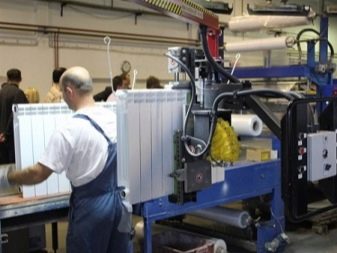Lidea radiators: types, advantages and disadvantages
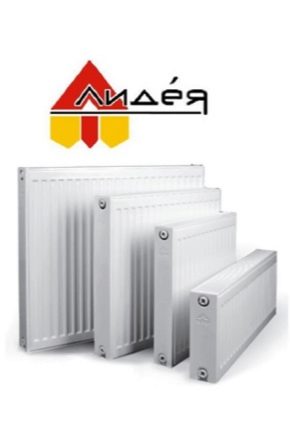
Radiators are no less important for stable heating in your home or office than boilers, central heating or connecting pipes with stop valves. But in order to eliminate possible defects and overpayment of funds, it is worth choosing “Lidea” radiators. They have shown themselves from the best side and continue to confirm their solid status for many years.
Special features
The company producing these products, began its work at the very beginning of the twentieth century. Carefully keeping the reputation acquired during all this time, the company tries to maintain the balance between quality and prices. Its products are highly valued even in some foreign countries.In the process of producing batteries, only the best technological systems are used, every step in the operation of an enterprise is carefully controlled. All this allows us to make exclusively high-quality products.
Benefits
Radiators brand "Lidea" work perfectly in the residential and manufacturing sector. The developers took into account not only technological, but also design moments. This approach provides a harmonious entry into any interiors. The manufacturer was able to find solutions to make the work of the structure as economical as possible so that it warms up quickly with little heat consumption.
Importantly, the heater can even be mounted by a homeowner who is not technically experienced.
Modifications
Any model produced in this enterprise is cleaned without any problems. Remove the grille is not difficult, as well as return it back. Panel radiators "Lidea" are divided into two main lines.
Modification "Compact" is equipped with 4 tubes, performed with a side connection to the heating mains. It is easy to distinguish the rear panel from the front, it greatly simplifies installation.
On the back of the Compact there are special hooks to help hang the heating device.
The “Universal” variation is also equipped with a quadruple tube for sideways output, but there are two more circuits with the bottom connection. The difference is found when viewing the side face, in which the thermoregulation valve is located on top. Auxiliary parts of the symmetrical apparatus are designed so that installation is possible in the front and rear projection.
You can connect the bottom of the radiator, using the block in the form of the letter "H".
The advantage of this scheme is the overlap of water and the removal of the battery without draining the liquid.
The basic delivery of "Compact" and "Universal" contains:
- brackets;
- dowels;
- screws;
- plastic plates;
- air vent;
- stubs
The key part of any battery is the panel that radiates heat out. It is necessarily made of durable metal and enameled in several layers. Such a solution allows the battery to carry a significant load and not be subject to corrosion. Welding is performed by an automatic system, the role of a professional is only to prevent failures.The cost of a particular construction is determined primarily by the length and height of the radiator.
The manufacturer carefully tests the finished products under significant pressure, so they are safely given a guarantee of 60 months. Most radiators are equipped with 1-2 panels. Convectors put the same, although they may not be.
The main versions are:
- 10th - a panel without a convector, the lattice and walls are also not provided, the depth is 4.7 cm;
- 11th - almost all the same, but provided for the presence of a convector;
- 20th - a pair of panels, no convector, total depth - 8.4 cm;
- 21st - advanced 20th (with a convector and with the same depth);
- Type 22 - two panels and the same number of convectors, the grid and walls are also made, the total depth reaches 10.2 cm.
Reviews
Judging by the consumer reviews, metal and paint in such a product do not cause complaints. They completely eliminate leakage and do not cause any harm. Batteries are easy to clean due to the dismantling of the grilles and side faces. They are compatible with all heating systems. But it should be borne in mind that the described radiators rather poorly tolerate the pressure that sometimes arises in high-rise buildings (for cottages this is not very relevant).
Even against the background of products from leading European and Asian manufacturers, steel radiators for heating “Lidea” are rated very highly. In this sense, they are far ahead of their competitors in the post-Soviet space. Savings with the purchase of quality goods pleases buyers. Even in cases when minor defects are detected (paint waste, minor leaks), they are fully covered by the original warranty.
You can support the general opinion of consumers about the need to check technical data sheets and warranty cards.
Additional Information
It is necessary to thoroughly familiarize yourself with the power calculation tables in order to prevent sad mistakes when choosing a device. Thus, type 11 is in demand due to its compact size and increased heat transfer. The convector grid on the back side helps to increase the heat output by up to 50% compared to products that are not equipped with it. Such panels are formed from a pair of symmetrical steel sheets, whose width reaches 0.12 cm. The depth of the radiator unit is 6.1 cm.
The convection grating is made of steel with ribs, the width of the ribbed parts is 0.4 mm.Each such grid is welded from the inside to the panels. It seems that the solution looks simple, but it allows you to provide excellent technical characteristics, to force the natural circulation of air. The 11th series can be made in a universal or in a compact format.
Any radiator from "Lidea":
- packed in a special film and plastic corners that protect the product during transportation;
- produced on a production line with Swiss equipment;
- tested under pressure that is 50% more than the standard value;
- equipped with carefully selected mounts.
The 33rd type does not contain convective ribs. Three panels with a total depth of 15.3 cm allow for excellent heating. The height of the structure reaches 30 cm. Standard pressure reaches 10 atm, the permissible temperature is 120 degrees. In the upper part there is a decorating grid.
You can find out how to install a heating radiator with your own hands from the video below.

